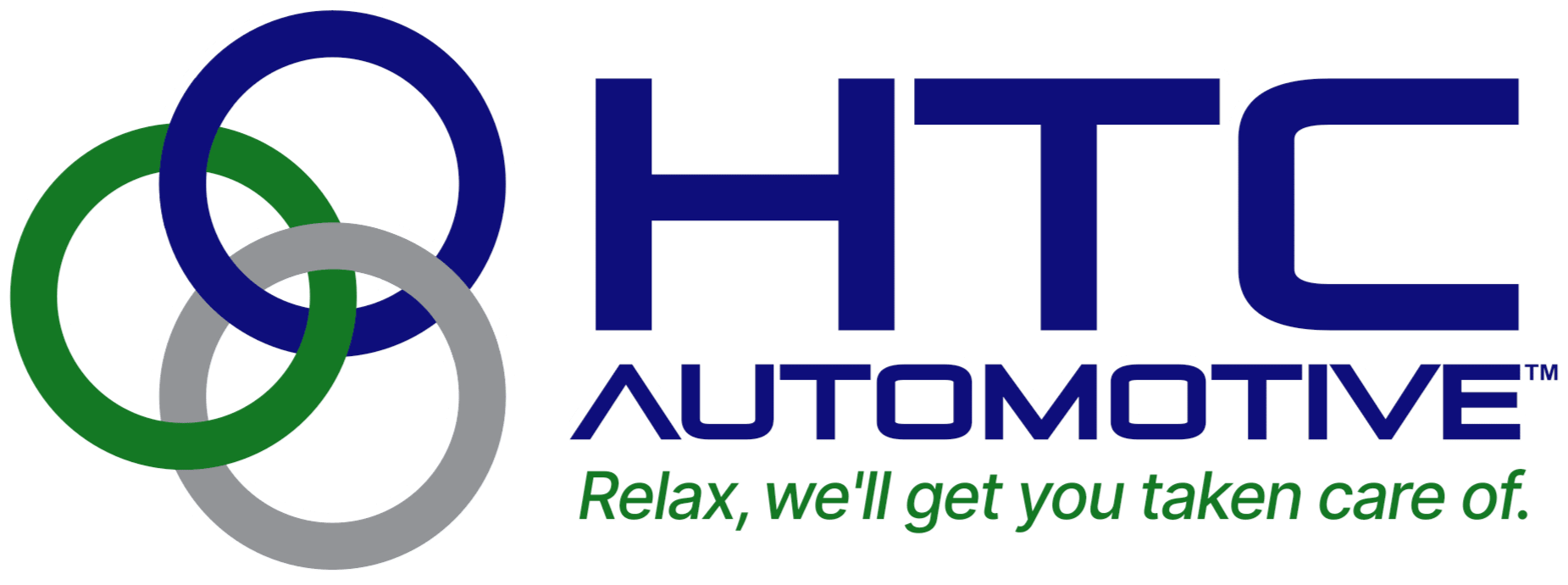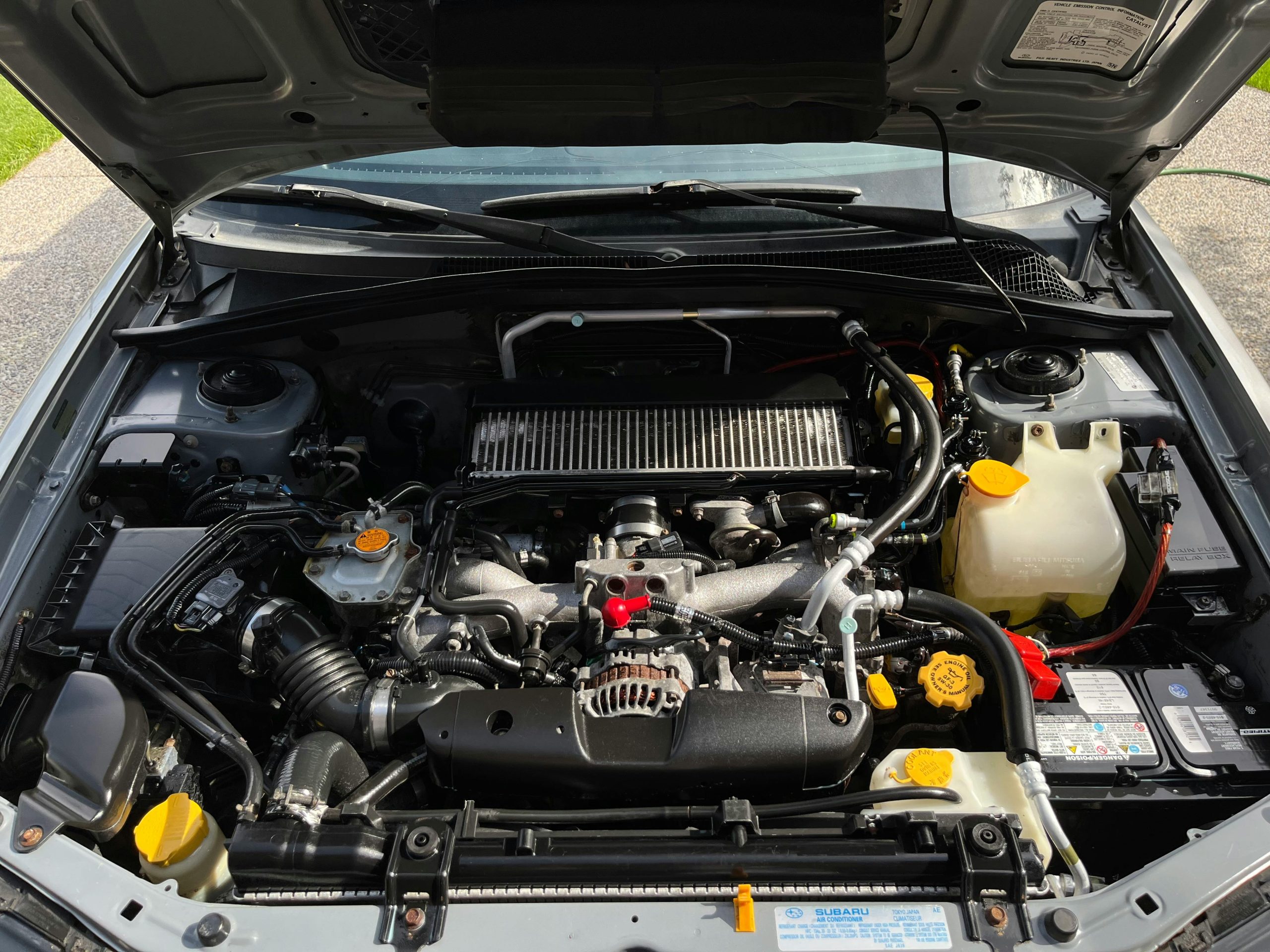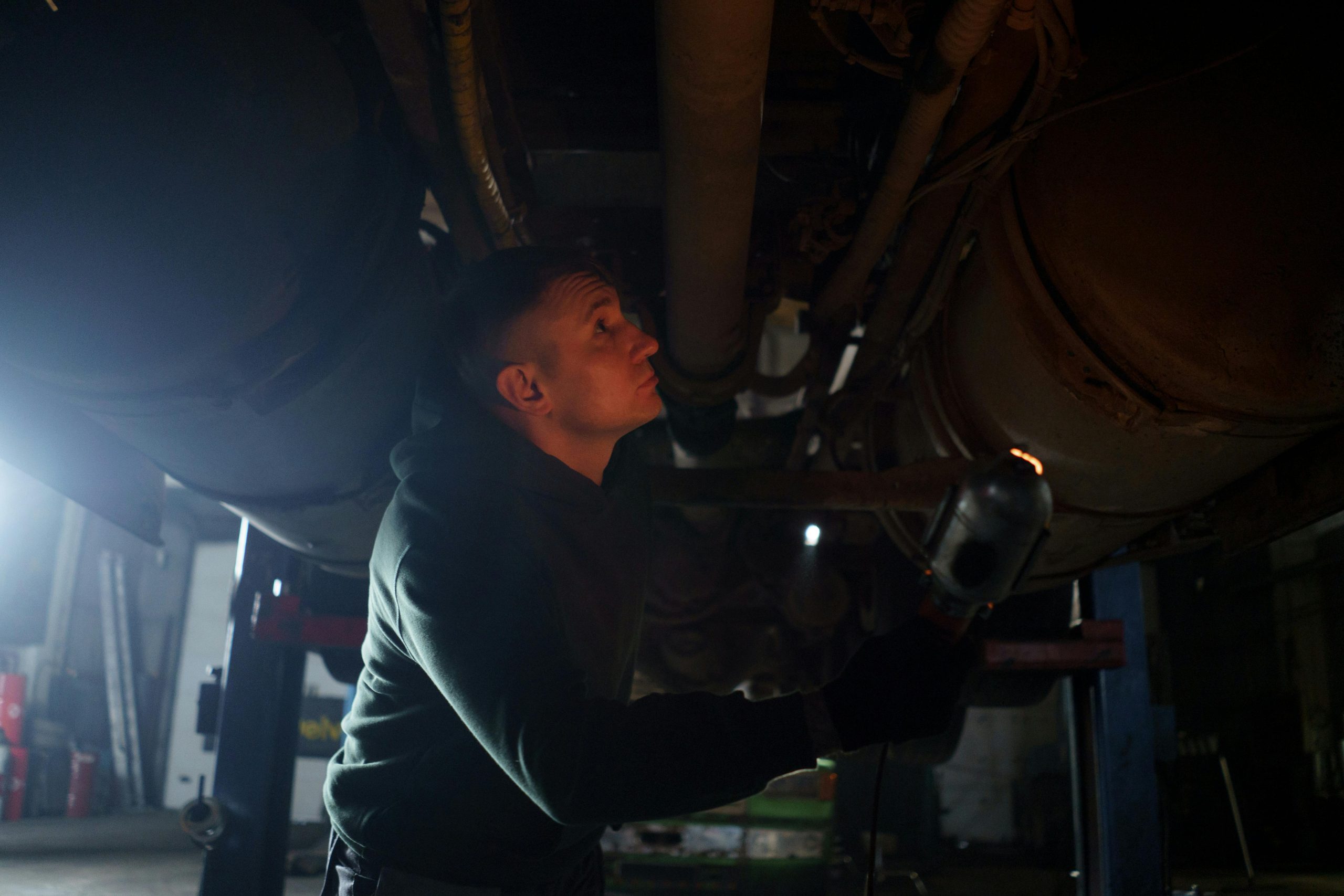It’s as if your car has a mind of its own when the alignment is off, veering left or right when you’re aiming straight ahead.
You’ve likely experienced this subtle fight for control on the road, signaling it’s time for a check-up. Regular alignment not only safeguards your tires but also guarantees your safety, making it a non-negotiable aspect of vehicle maintenance.
But how often should you actually get it checked? And what can you do yourself to keep everything in line? Let’s explore some essential tips and tricks that could save you a trip to the mechanic and keep your ride smooth.
Understanding Car Alignment
Car alignment, essential for peak vehicle performance, involves adjusting your wheels’ angles to guarantee they make proper contact with the road. This precision ensures you’re part of a community of drivers who enjoy a smooth, stable ride and optimum safety.
Camber is the angle of the tire relative to the road when viewed from the front of the vehicle. If the top of the tire leans outward, it’s called positive camber; if it leans inward, it’s negative. Correct camber helps balance steering, stability, and tire wear.
Toe refers to the direction the tires point relative to each other. Imagine looking down at your feet; toe-in means your toes point towards each other, while toe-out means they diverge. Proper toe alignment ensures that your tires move parallel to one another, reducing wear and tear.
Regular checks and adjustments to these angles can prevent a lot of common vehicular issues, keeping you safely in the loop with others who value their vehicle’s longevity and performance.
Signs of Misalignment
Understanding the signs of misalignment can save you from unnecessary wear and costly repairs. One common indicator is uneven tread wear on your tires. It’s important to spot this early to avoid replacing your tires sooner than you should.
If your car pulls to one side while driving on a straight, level road, it’s a clear sign that your vehicle’s alignment needs checking. This not only makes driving a hassle but can also be a safety risk, pulling your attention away from the road.
Another telltale sign is an off-center steering wheel. If you’re driving straight but your steering wheel isn’t aligned correctly, this is a direct cue that the car’s alignment is compromised.
You might notice your steering wheel vibrates as you drive. This vibration is more than just annoying; it indicates that your car’s alignment issues are affecting the steering mechanism, leading to potential control and safety issues.
Importance of Regular Checks
To guarantee your vehicle’s longevity and peak performance, it’s important to schedule regular alignment checks every 6,000 miles or during each oil change. Regular tire alignment checks are essential to make sure that your car handles smoothly, and you avoid unnecessary wear on your tires and suspension system. Ignoring this essential maintenance can lead to costly repairs down the line.
Here are key reasons why you should keep your alignment checked:
- Prevents Uneven Wear: Regular alignment checks help prevent uneven wear on your tires, extending their lifespan and saving you money on early replacements.
- Enhances Vehicle Stability: Proper alignment contributes to improved vehicle stability and handling, ensuring a safer driving experience.
- Reduces Additional Expenses: By maintaining correct alignment, you’re not only enhancing performance but also avoiding damage to expensive suspension components.
DIY Alignment Tips
Attempting DIY wheel alignment, despite its appeal, often leads to more harm than good due to the high level of precision required. The intricacies involved in aligning your wheels aren’t just about adjusting angles; it’s about ensuring each wheel’s direction harmonizes perfectly with your car’s suspension system.
Without the specialized tools that professional alignment shops possess, achieving this level of accuracy is nearly impossible.
When you attempt to align your wheels yourself, you risk introducing small errors that can lead to bigger issues down the road. These minor misalignments mightn’t be noticeable at first, but they can cause uneven tire wear, poor handling, and potentially serious safety hazards.
Professional alignment shops are equipped with precise, sophisticated machinery specifically designed for this task. Technicians in these shops are trained to spot and correct even the slightest discrepancies in your vehicle’s alignment.
Choosing the Right Service
When selecting an alignment service, it’s essential to identify specialists who aren’t only reputable but also certified.
You’ll want to compare costs between shops that utilize modern alignment technology and offer solid warranties.
Identify Reputable Alignment Specialists
Identifying a reputable alignment specialist requires checking for ASE certification to confirm they possess the necessary expertise in vehicle alignment. When you’re looking for a wheel alignment service, it’s important to make sure that the professionals handling your vehicle are adequately qualified. ASE certification is a reliable marker of technical expertise and a commitment to quality in the automotive service industry.
To further fine-tune your choice, consider these important factors:
- Check Customer Reviews: Look for feedback on various platforms to gauge the satisfaction levels of previous customers. Positive reviews are a good indicator of dependable service.
- Advanced Alignment Tools: Verify that the service center is equipped with the latest technology for precise adjustments.
- Manufacturer Recommendations: Some vehicle manufacturers recommend specific service centers that are trained to handle their models.
Comparing Service Costs
After selecting a reputable alignment specialist, you’ll also want to compare service costs to make certain you get the best value for your money. Begin by gathering quotes from several providers.
Don’t just look at the bottom line; examine what each alignment package includes. Some might offer additional services like tire rotation or balancing, which can greatly enhance the value.
Keep an eye out for discounts or special promotions. Many service centers offer seasonal discounts or loyalty programs that can reduce the overall cost of your wheel alignment.
It’s also wise to ask about warranty options. A service that includes a warranty might be slightly pricier upfront but can save you money in the long run if adjustments are needed.
Understanding Alignment Techniques
To guarantee your vehicle performs at its best, choose an alignment service that uses advanced electronic tools for precise adjustments of camber, caster, and toe angles. When selecting the right service, you’re not just opting for routine maintenance; you’re securing that each drive is smooth, safe, and tailored to your car’s unique needs.
Here are key factors to keep in mind:
- Comprehensive Inspection: Secure the service includes a full review of suspension components and steering systems.
- Tailored Adjustments: Look for services that adjust camber alignment and caster angle specifically for your vehicle’s make and model.
- Warranty and Reports: Opt for services that provide detailed reports and offer a warranty on their work.
Preventing Alignment Issues
Regularly checking your tire pressure and rotating your tires can help you avoid uneven wear that often leads to alignment issues. This simple practice not only extends the life of your tires but also keeps you safer on the road.
Maintaining your suspension system plays an essential role in preventing misalignments. It guarantees that your vehicle’s handling remains ideal, giving you a smoother ride.
You’re also wise to steer clear of potholes, curbs, and other hazards that can disrupt your car’s alignment. Each jolt can have a more significant impact than you might think, gradually nudging your wheels out of their correct position.
It’s like being part of a community where every member works to keep the streets clean and safe, ensuring everyone moves smoothly and efficiently.
Make it a point to have your alignment checked by a professional at least once a year, or whenever you detect signs like your steering wheel being off-center or the car pulling to one side. These checks act as a regular health assessment for your vehicle, catching potential problems before they worsen.
Conclusion
Think of your car’s alignment as the compass keeping your journey smooth and true. Ignoring it’s like sailing a ship without checking the stars—disaster looms on the horizon.
Regularly calibrate this compass by choosing expert services and practicing vigilant maintenance. Remember, each pothole dodged and tire pressure check is a step toward a steadfast and reliable ride.
Steer clear of rough waters by maintaining your alignment, ensuring your vehicle’s longevity and your safety.



